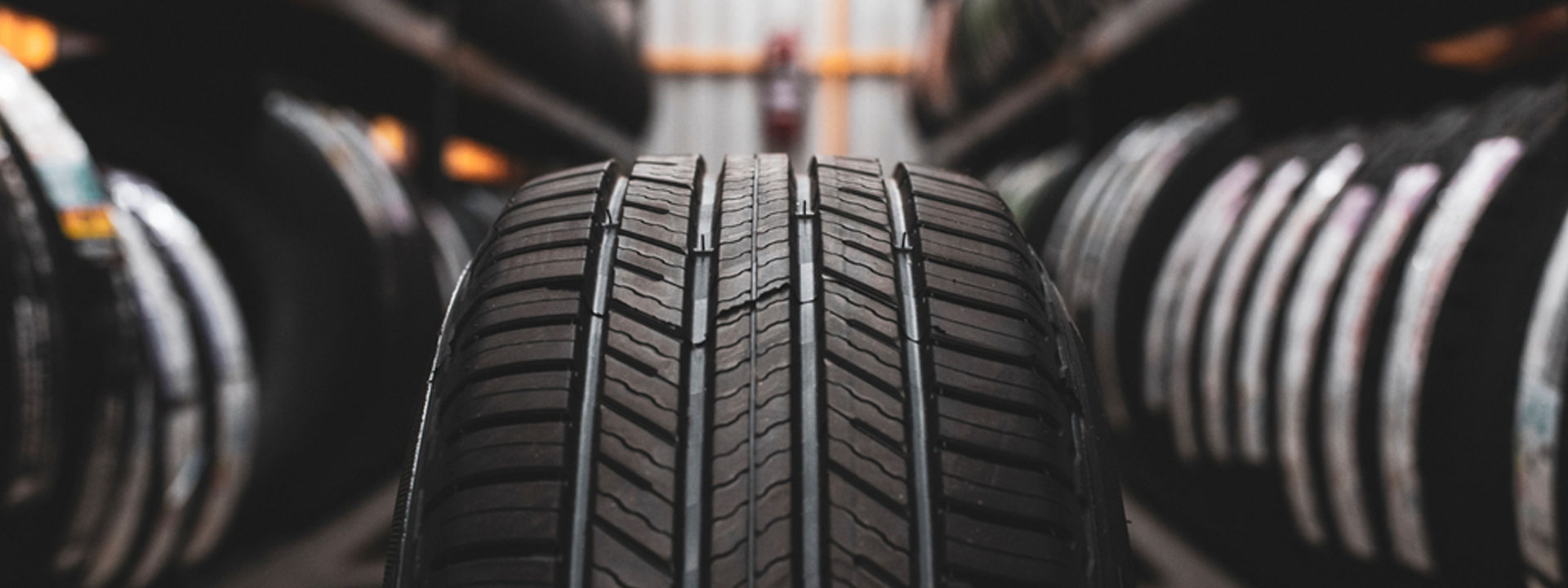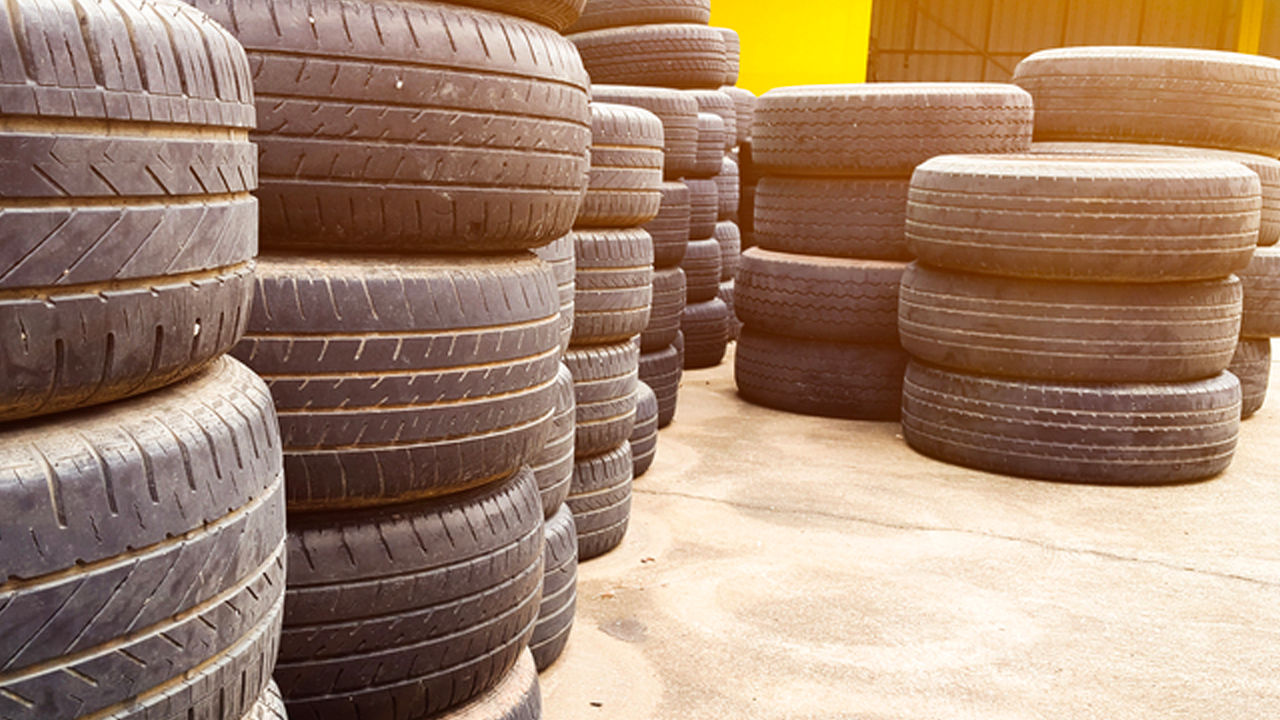The advantages of tubeless tyres over tube-type tyres!
In recent years, tubeless tyres have become increasingly popular among car owners due to the safety and efficiency advantages they offer over their tube-type counterparts. Tyre is the only point of contact between a vehicle and the road surface and it plays a crucial role in ensuring safety on the roads. To fully appreciate the benefits of tubeless tyres, it's important to understand the differences between tubeless and tube-type tyres.
The differences between a tube-type and tubeless tyre
1. Construction difference:
Tube-type tyres come with the tube. The tube plays a crucial role in maintaining the tyre's shape and ensuring that it holds air pressure adequately. During the mounting process, the tube is inserted into the tyre and then fixed onto the wheel.
In a Tubeless tyre, the tube is integral within the tyre known as the inner liner. Tyres are fitted without a tube and the inner liner plays a crucial role in maintaining the tyre's shape and ensuring it holds air pressure adequately.
2. Placement of valve:
It differs between tube-type and tubeless tyres. In tube-type tyres, the valve or nozzle is connected to the inner tube, forming an integral part of the tube. Whereas, in tubeless tyres, the valve is connected to the wheel itself, allowing for more efficient air pressure control.
3. In case of larger vehicles like trucks and buses, there may be additional components such as flap, and the wheel may consist of two or three parts.

Advantages of tubeless tyres over tube-type tyres:
Slow Air Leakage- In case of a puncture, the air in the tubeless tyre leaks more gradually.
Tubeless Tyre- In case of a Puncture, loss of air is very slow since air can escape only through the narrow gap made by the penetration of a hole.
Tube-type Tyre- Instant air leakage happens due to punctures. The air finds a way between the tube, tyre and through the rim hole.
Better safety- Less chances of accidents due to slower air leakage. It provides the driver, enough time to control the vehicle.
Better Fuel Efficiency- Lightweight due to the absence of a tube, which results in better fuel efficiency.
Easy Repair: In case of a puncture or leak, tubeless tyres are much easier to repair than tube-type tyres. In tubeless tyres, the repair is easy as there is no need to dismount the tyre from the wheel in the temporary filler method.
Better fuel efficiency - The absence of a tube makes tubeless tyres lighter, which results in better fuel efficiency.
Better heat dissipation - Tubeless tyres are designed to dissipate heat more effectively than tube-type tyres because they are in direct contact with the rim.
The advantages outlined above clearly establish tubeless tyres as a better choice over the tube-type tyres. That’s the reason almost all new cars come with the OE fitment of tubeless tyres. With tubeless tyres, a repair kit is easy to carry, and users can repair the nail hole injury by themselves.
Despite the advantages, the adoption of tubeless tyres in the truck segment in India remains relatively low. This is primarily due to the inadequate availability of tubeless tyre repair facilities in remote and rural areas, which makes it difficult for drivers to maintain and repair their tubeless tyres.

